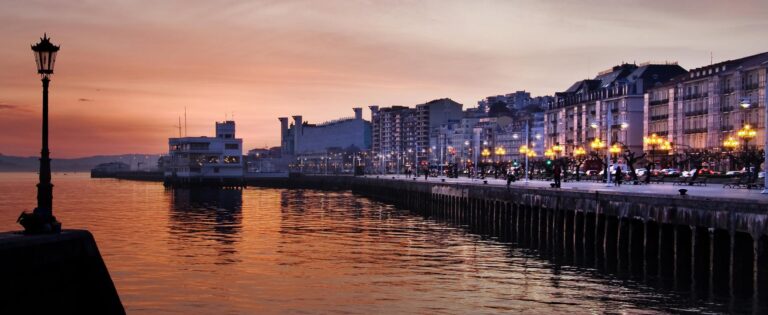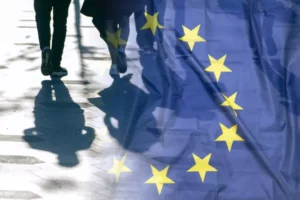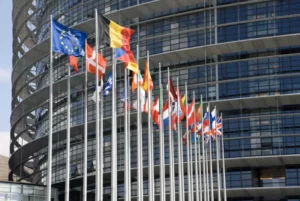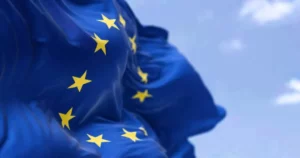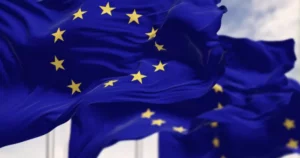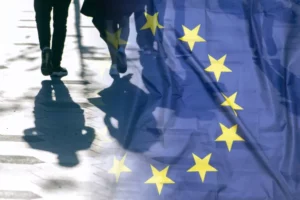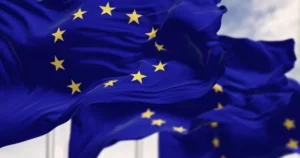It’s thanks to a new iteration of the internet that incorporates the physical world, creating an augmented reality of web-connected devices and sensors called the ‘Internet of Things’.The idea is being tested out in Santander, where over 18 000 sensors hang from lamp posts and sit in parks and gardens, on the roofs of buses, and embedded in the asphalt covering parking lots, as part of the EU-funded project SmartSantander.‘This project has demonstrated the Internet of Things in real conditions, in real life,’ said Professor José Manuel Hernández-Muñoz, from phone company Telefónica.People can, for example, use the technology to find empty parking spaces with a mobile phone app. It’s also being used to monitor weather conditions and moisture levels, so that the city’s green parks can be irrigated as efficiently as possible.“‘This project has demonstrated the Internet of Things in real conditions, in real life.’Professor José Manuel Hernández-Muñoz, from phone company TelefónicaThe project finished at the end of 2013, however the infrastructure will remain at the disposal of the municipal authority, and it hopes to become a model for other cities.Unlike the internet, which is largely static, or a mobile phone which moves around but connects to a fixed service provider or website in order to complete a task, the new smart devices are intended to be dynamic, ‘winking’ in and out of connections.Making all this work seamlessly will require the Internet of Things to be self-managing, self-repairing, and adaptive, and able to automatically discover new devices as they connect and become available, as well as compensate for devices as they move away and drop off the network.Need for stabilityThat’s where projects like the EU-funded IoT.est come in – it’s working to make sure that devices can function together, giving the Internet of Things the same stability as the web. ‘What is missing in the Internet of Things,’ said IoT.est project coordinator Professor Klaus Moessner, ‘is the stability that you have in software architecture.’This stability will enable the Internet of Things to include data in real time from any connected sensor or identification tag. It’s a capability that could be applied to food, giving consumers information about where their meal comes from.The EU-funded ebbits project is doing just that, using the Internet of Things to allow consumers to trace the slice of meat sold to them in a supermarket back to how the animal was raised, what it was fed, where it was slaughtered, and which other people were involved in its processing along the way, by using wireless communication networks and smart home systems.‘We want to achieve an uninterrupted food chain so that you can trace the product you buy in a supermarket back to the farm,’ said Dr Markus Eisenhauer, coordinator of the ebbits project.The project is developing ways to integrate the Internet of Things into existing company computer networks, for example. It means that the Internet of Things could be used to make companies greener by working out exactly how much carbon dioxide is being used at each stage of a manufacturing process.The next big step in the development of the Internet of Things is to give it the capacity to be smart, extrapolating a situation even when the data is missing. For example, if a temperature sensor fails in a room, the system could take the readings from two adjoining rooms and interpolate between them to make an estimate.‘Automating this logic is probably the hardest task we face,’ said Prof. Moessner.
This article was originally published in Horizon, the EU Research and Innovation magazine.
Listing Description
Documents
No documents available.
Video
Funding Opportunities that may match your offer
Project budget:
3.000.000 €
Deadline:
2025-11-12
Project budget:
1.500.000 €
Deadline:
2025-11-12
Project budget:
1.000.000 €
Deadline:
2025-11-12
Project budget:
3.000.000 €
Deadline:
2025-11-12
Project budget:
4.500.000 €
Deadline:
2025-11-12

